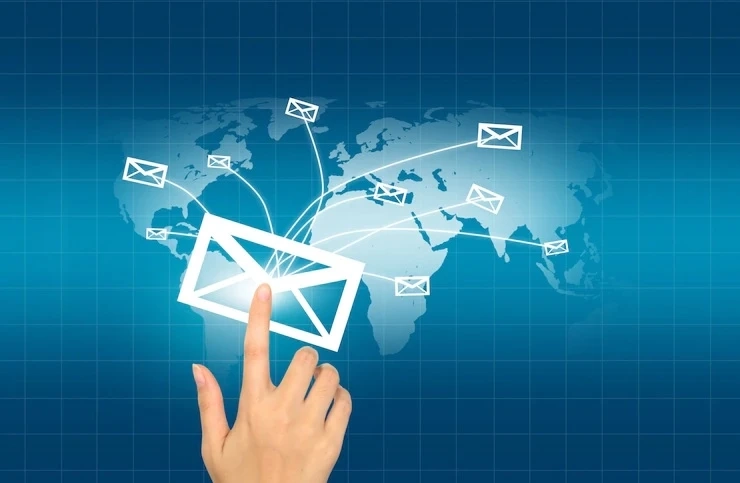Introduction
If you're trying to improve your email marketing, there are many ways to do so and it's important to know what they are. Email performance analytics can help you find out how effective your campaigns are, which gives you a better picture of where the fault lies in terms of deliverability and opens. In this article, I'll cover some of the most common metrics for measuring success or failure with email campaigns, including average time to open (ATO), click-through rate (CTR), and the best time to send an email (BTI), and more.
Email performance metrics
Email Analytics performance metrics are critical to understanding how your emails are performing. They can help you identify which emails are most effective and how you should be using them in the future.
The most common email metrics include:
Email open rate - The percentage of recipients who have actually opened an email after seeing its subject line, sender name, and body copy.Click-through rate (CTR) is the percentage of email recipients who click a link divided by the number of messages sent.CTR is typically measured as either a percentage or an average over multiple days or weeks. it will vary based on factors such as the frequency at which you send emails and what kind of content they contain.Unsubscribe rate -The percentage of users who unsubscribe from receiving more messages from your brand over timeAverage time to open
The average time to open is the average time it takes for a user to open an email. This statistic is generated by dividing email opens by email sent.
CTR Email
Email click-through rate (CTR) is the percentage of emails sent out that are opened. It's often considered a measure of the quality of your email content and can be improved by making your links more relevant and interesting. You can also improve CTR by making sure they're more prominent in their inboxes this will encourage people to open them.
E-mail conversions
Conversion rate Equals conversions/total clicks.For example, if you receive 100,000 clicks and 100 subscribers who take action on your email, your conversion rate would be 1%.
This metric measures email performance. If you want to improve your email marketing efforts in any way possible and we know that everyone does you'll want to find out why people aren't converting into customers or subscribers.
Email timing
The best time to send an email is 9 am-12 pm. If you want to send your email at a specific time, use a tool like Boomerang that lets you schedule it ahead of time and if you're sending it in the evening, don't bother sending any emails at all!
Email analytics improve marketing
Email analytics increase email marketing. Here’s how:
Email analytics give you a clear view of who is opening and reading your emails, which helps you understand which content is most effective for reaching the right audience.Email analytics tell you where to focus your efforts so that everyone on your list receives the messages they are most likely to engage with and convert into sales or leads.When combined with other tools such as web tracking (Google Analytics), content tools like crm.io Social Media Manager or Localytics' Mobile Engagement Reports, an email marketing manager can gain invaluable insight into what works best in terms of content composition and timing before sending out any new campaigns -- all while keeping up with customer expectations via social media channels such as Facebook or LinkedIn Groups where conversations may be happening on different days than when sent out by traditional email subscriptions like Gmail accounts."Conclusion
We hope this article has given you a better understanding of what email analytics are and how they can help your business. As we’ve seen, there are many different types of emails out there, so it’s important to use them all as efficiently as possible. By creating focused campaigns that target specific audiences and providing regular updates on their progress, you can create an effective email marketing strategy that will keep your customers engaged long into the future.


